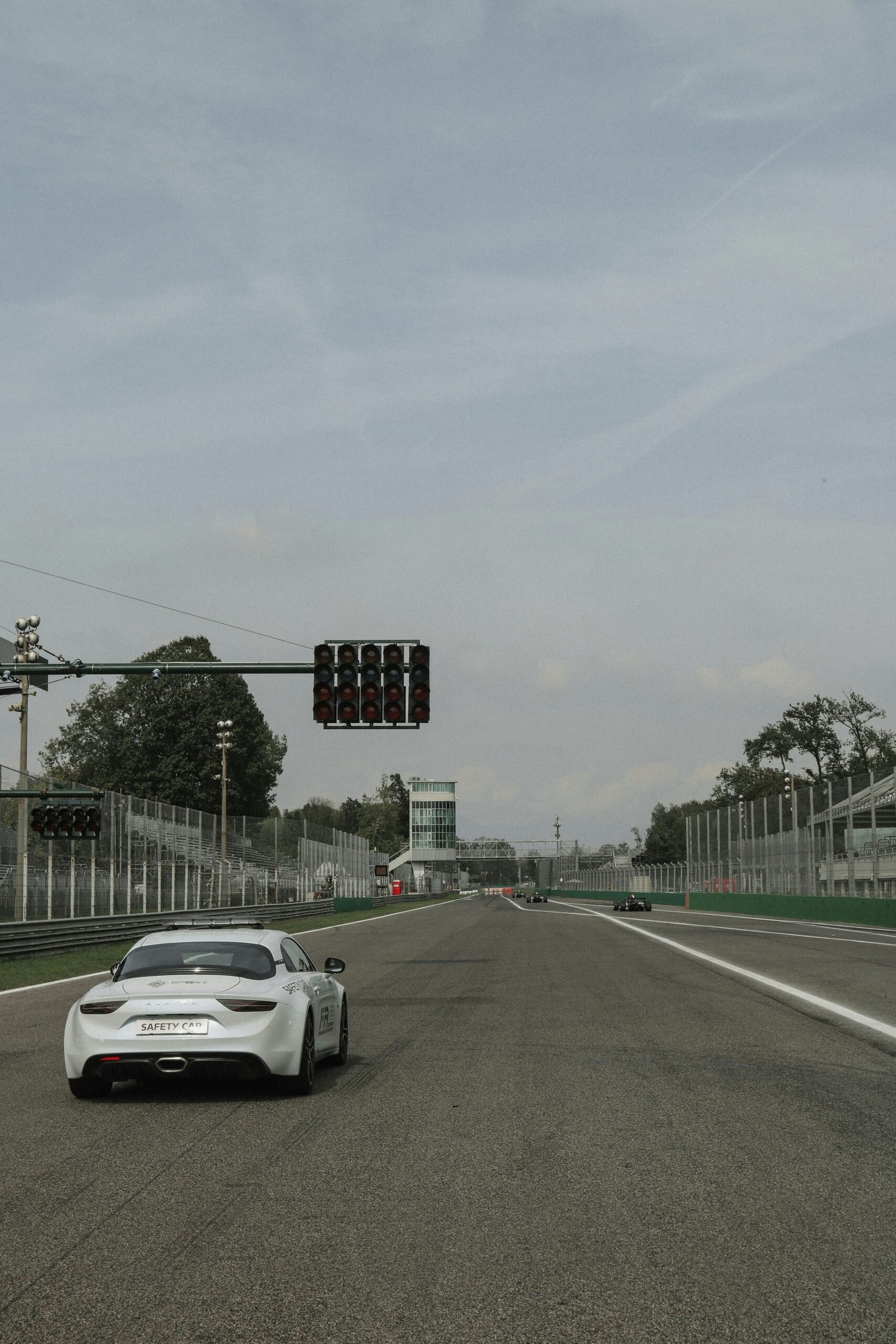Motorsport Gear
Understanding Racing Suits: Essential Gear for Motorsport Enthusiasts
The Importance of Racing Suits in Motorsport Safety
Racing suits are indispensable in motorsport, serving as a crucial line of defense for drivers. These highly specialized garments are designed to protect against a variety of risks, prominently including fire resistance, impact protection, and abrasion resistance. Understanding the importance of racing suits in motorsport safety necessitates a detailed look at the materials and technologies employed in their construction, as well as the stringent regulations they must meet to ensure driver safety.
One of the primary safety features of racing suits is their fire resistance. Racing suits are typically made from advanced materials like Nomex and Kevlar. Nomex, a flame-resistant meta-aramid material, does not melt or drip when exposed to high temperatures. Instead, it chars, forming a protective barrier that helps prevent burns. Kevlar, known for its high strength-to-weight ratio, adds an additional layer of protection by enhancing the suit’s resistance to abrasions and impacts. Together, these materials contribute significantly to the overall safety performance of the suit.
In addition to fire resistance, racing suits are engineered to provide impact protection. Many suits incorporate padding or additional layers in key areas such as the elbows, knees, and shoulders. These reinforcements help absorb and distribute the force of impacts, reducing the risk of injury during collisions or crashes. Abrasion resistance is another critical feature, ensuring that the suit remains intact and protective even when subjected to the harsh conditions of a high-speed slide across the track surface.
Racing suits must adhere to strict regulations and standards to be deemed suitable for competitive racing. The FIA (Fédération Internationale de l’Automobile) sets rigorous benchmarks for racing gear, including suits. Compliance with FIA standards ensures that the suit has been tested for its ability to withstand extreme conditions and provides reliable protection. Professional drivers often share anecdotes about how their racing suits have protected them in dangerous situations, underscoring the real-world importance of these safety features.
In summary, the integration of advanced materials and compliance with stringent safety regulations make racing suits an essential component of motorsport safety. Their role in protecting drivers from fire, impacts, and abrasions cannot be overstated, making them a vital piece of equipment for any motorsport enthusiast.
Choosing the Right Racing Suit: Factors to Consider
When selecting the perfect racing suit for various motorsport activities, several critical factors must be evaluated to ensure both safety and performance. One of the primary considerations is the fit of the suit. A well-fitted racing suit should be snug but not overly tight, allowing for a full range of motion while maintaining a close fit to the body. This snugness is essential to minimize the risk of fabric snagging and to enhance the driver’s aerodynamic profile.
Comfort and breathability are equally vital in choosing a racing suit. Motorsport activities can be physically demanding, and the suit should facilitate ease of movement and regulate body temperature. Features like ventilation panels and stretch zones are designed to improve airflow and flexibility, making the suit more comfortable during prolonged use. Breathable materials help in managing perspiration, further enhancing comfort.
Different types of racing suits cater to specific needs. One-piece suits are often preferred for their seamless design, which reduces the likelihood of fabric catching on equipment. They are typically used in professional racing due to their aerodynamic advantages. Two-piece suits, consisting of separate jackets and pants, offer greater convenience and versatility, making them popular in amateur racing and karting.
Additional features can significantly enhance the functionality of a racing suit. Customizability in terms of colors and branding allows for personalization, which can be important for team identity and sponsor visibility. Reinforced padding in critical areas, fire-resistant materials, and advanced stitching techniques contribute to the overall safety of the suit. Practical features like ample pocket space and easy-to-use zippers also add to the suit’s usability.
Proper maintenance and care are essential to prolong the lifespan and effectiveness of a racing suit. Regular cleaning according to the manufacturer’s guidelines is crucial. Inspections for wear and tear, particularly in high-stress areas, can prevent potential failures. Expert opinions and testimonials from seasoned racers suggest that investing in a high-quality racing suit and maintaining it well can significantly enhance both safety and performance on the track.

